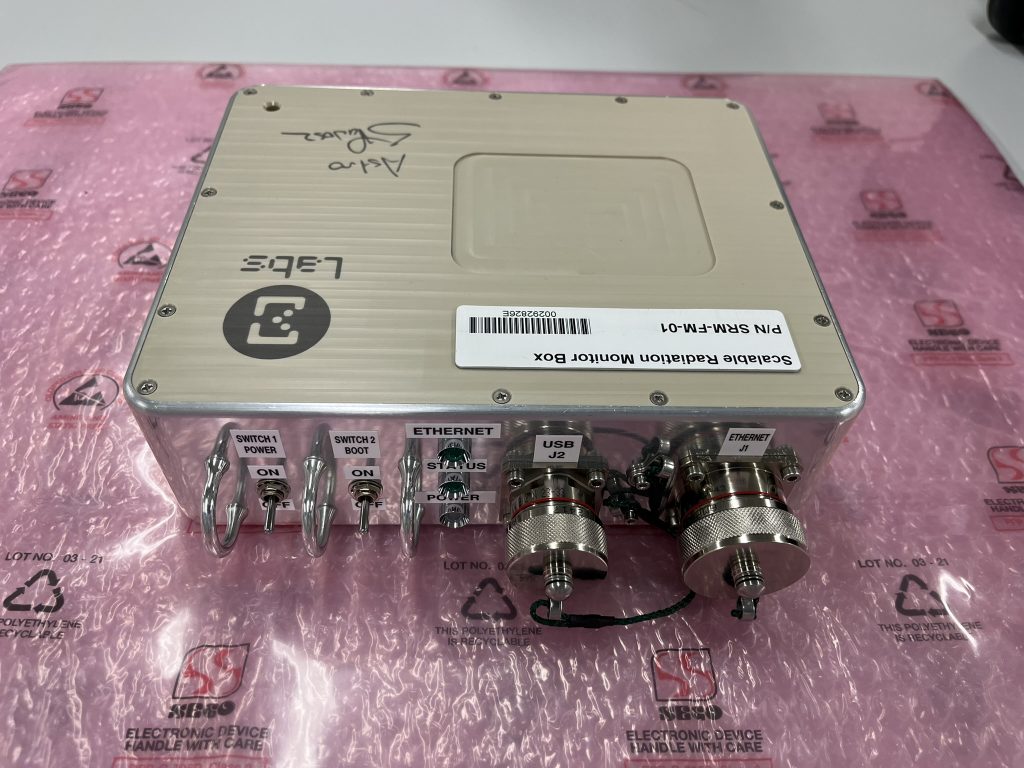Start-up Readies CERN’s Space Radiation Monitor for Launch to International Space Station
CERN’s collaboration with Polish start-up SigmaLabs is proof of both the Organization’s technological impact in space exploration, as well as its ability to support innovation and talent networking.
In 2024, CERN provided SigmaLabs with the SpaceRadMon-NG, a next-generation miniaturised version of the Large Hadron Collider’s well-proven radiation monitoring device.
SigmaLabs, in consultation with experts from CERN’s Electronics Production and Radiation Tolerance section, used the Space RadMon-NG to create its own scalable radiation monitor (SRM), a device fully characterised and qualified for crewed space missions that can analyse radiation effects in space.

SigmaLabs has now successfully delivered both the ground model of the SRM for pre-mission testing and training, and the flight model of the SRM, which will be launched to the ISS and installed in Europe’s Columbus module.
CERN’s role in the project has been ‘crucial on many levels’ and extends beyond technological collaboration, said Krzysztof Sielewicz, CEO of SigmaLabs . He and Marcin Patecki, the Lead Physics and Data Scientist at SigmaLabs, met through CERN’s Doctoral Student Programme, demonstrating CERN’s connectivity and network.
“As an organisation, CERN brings people together, enabling them to achieve great things,” Sielewicz said.
This assertion is further supported by the fact that one of the four astronauts on the mission that will bring the SRM to space, Sławosz Uznański, is also an engineer at CERN. He will become only the second Polish astronaut in space and the first to travel to the ISS.
The collaboration with SigmaLabs builds on previous, separate projects based around CERN’s Space RadMon, including CELESTA, a 1U CubeSat that was successfully launched to space to study the effects of cosmic radiation on electronics and collected three-months’ worth of data.